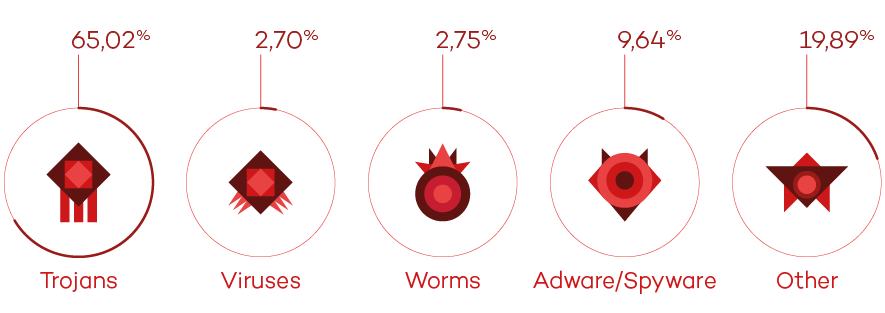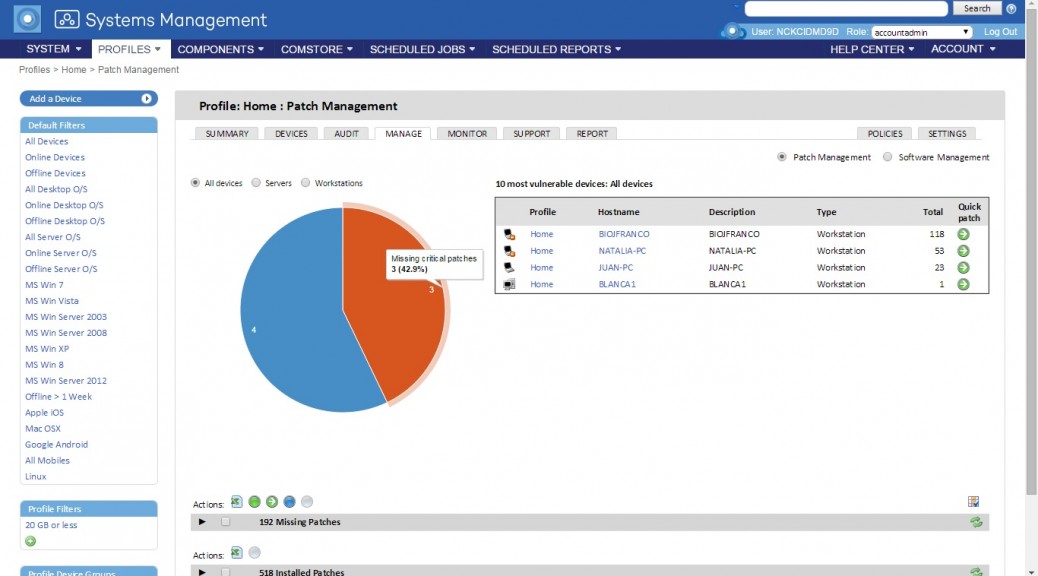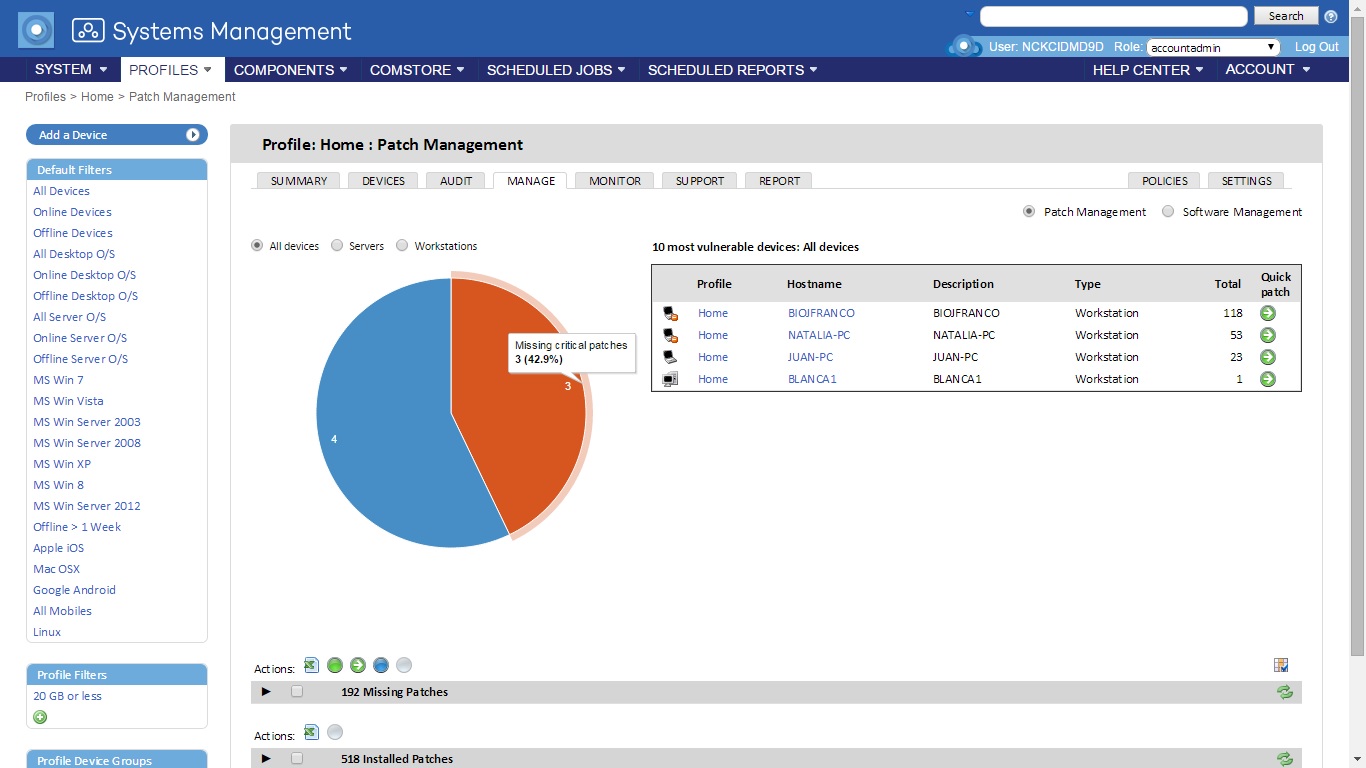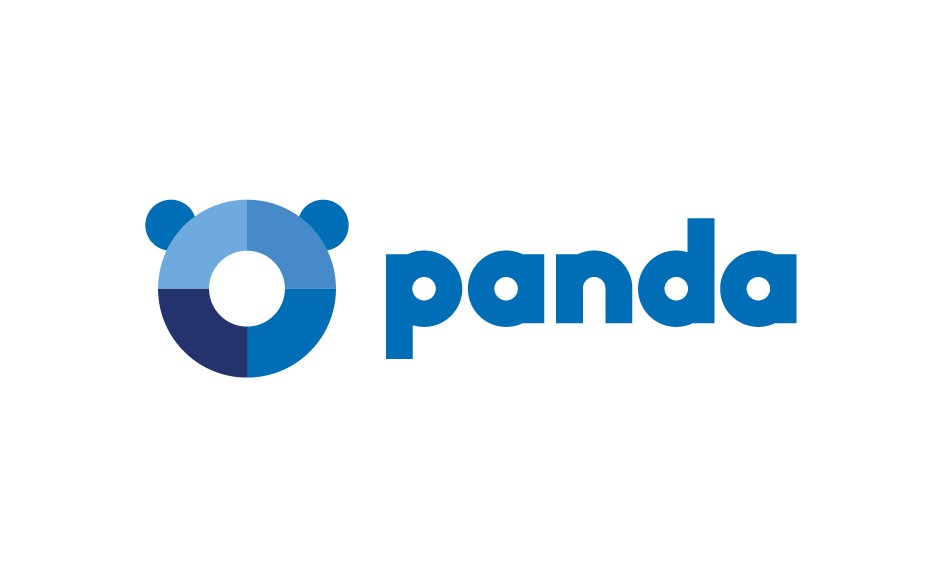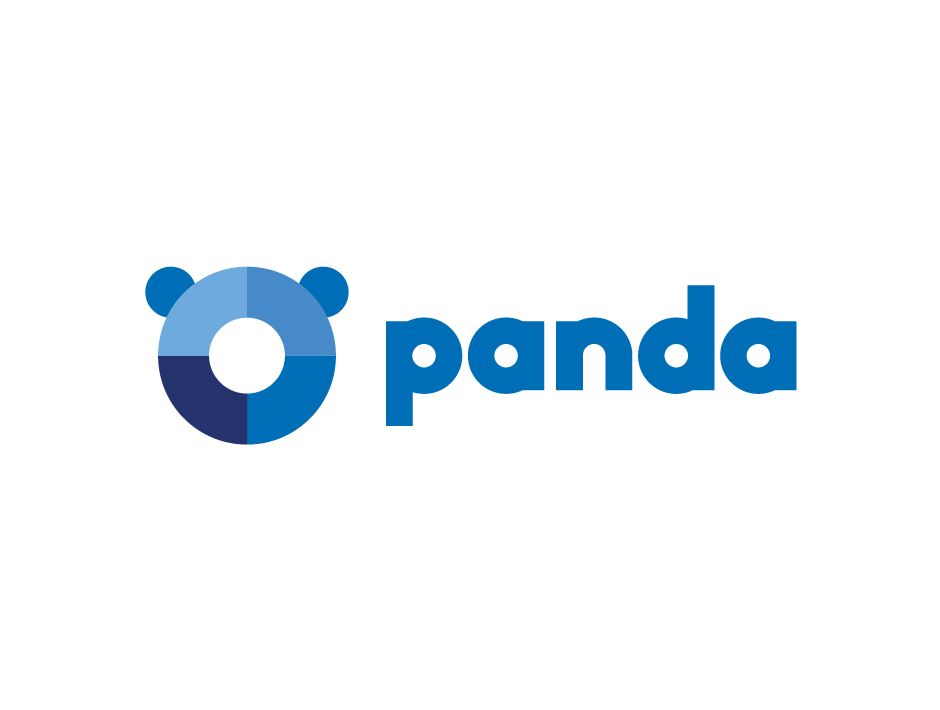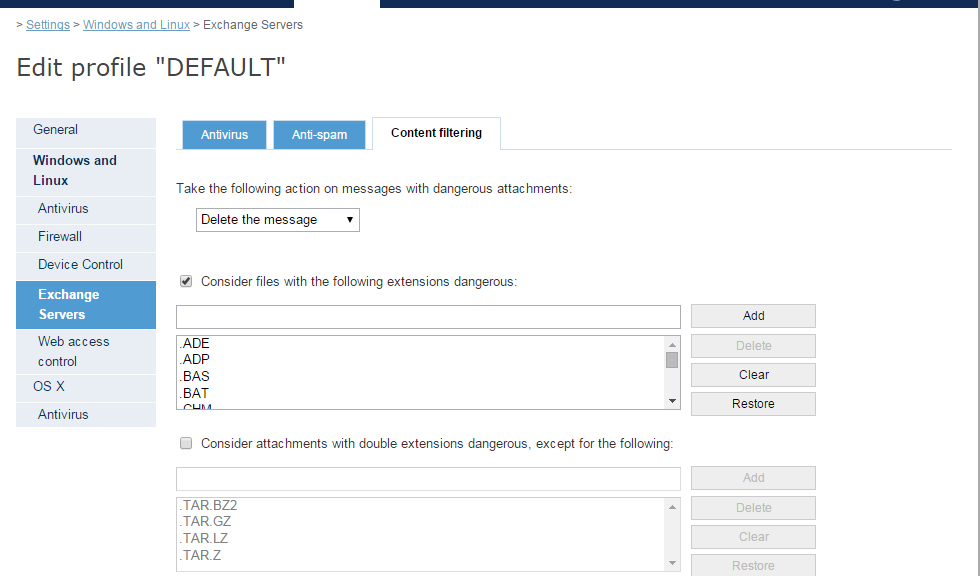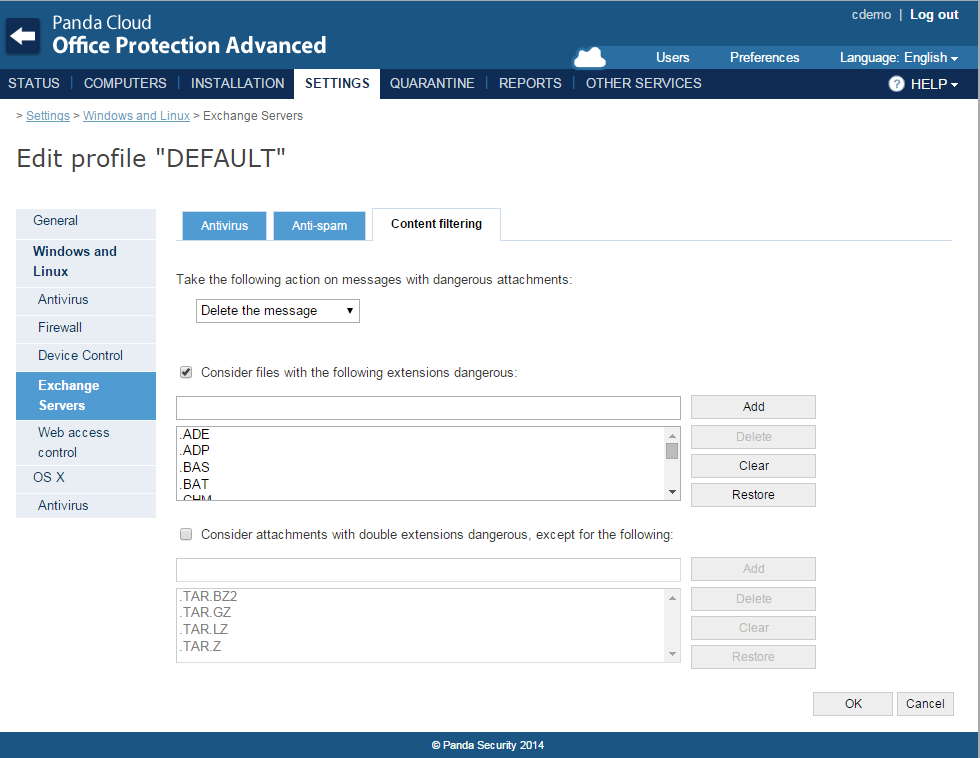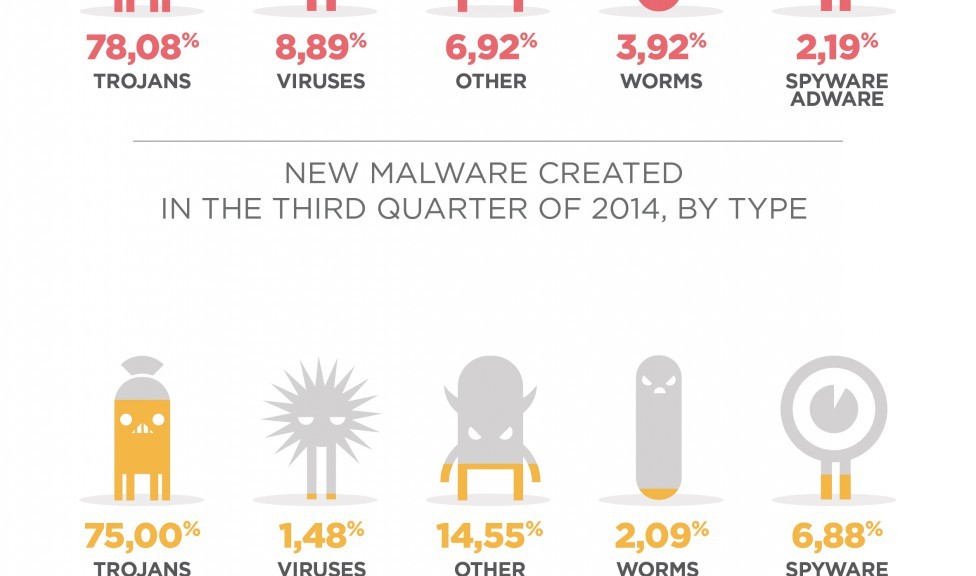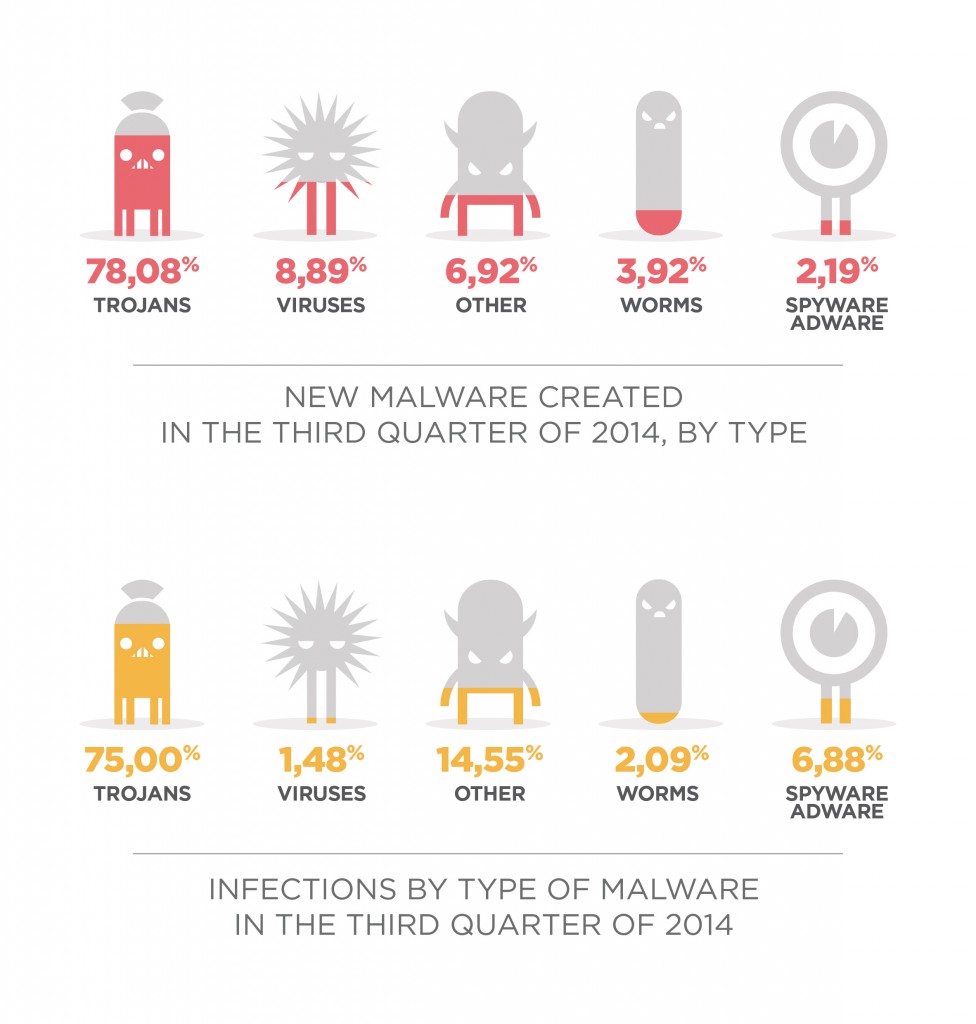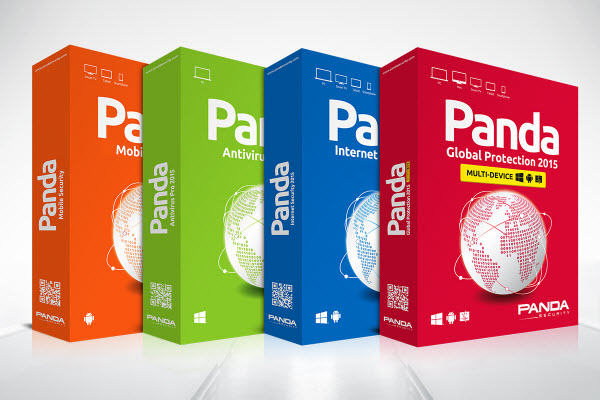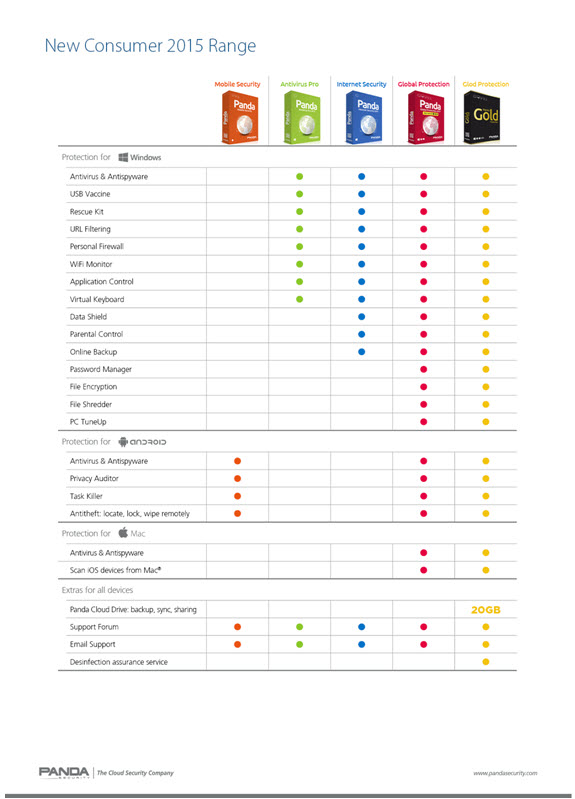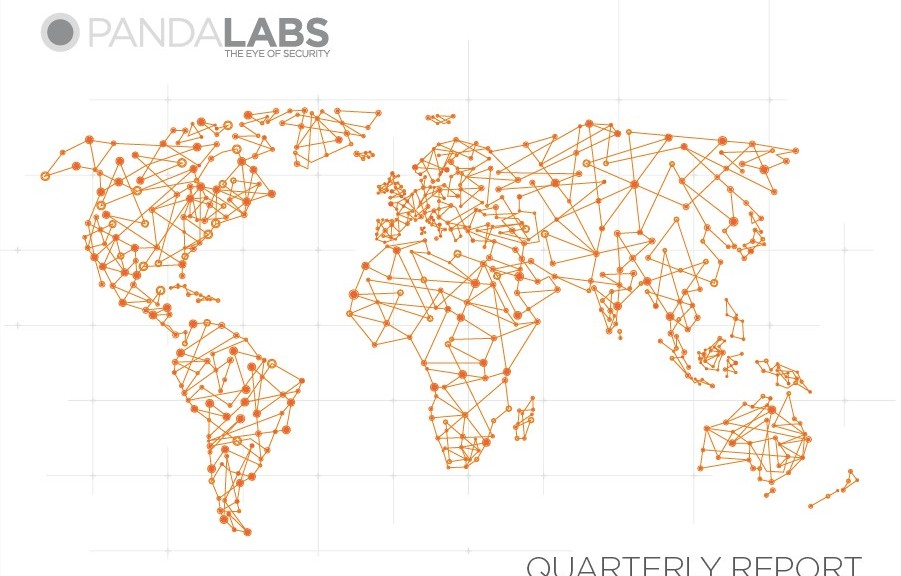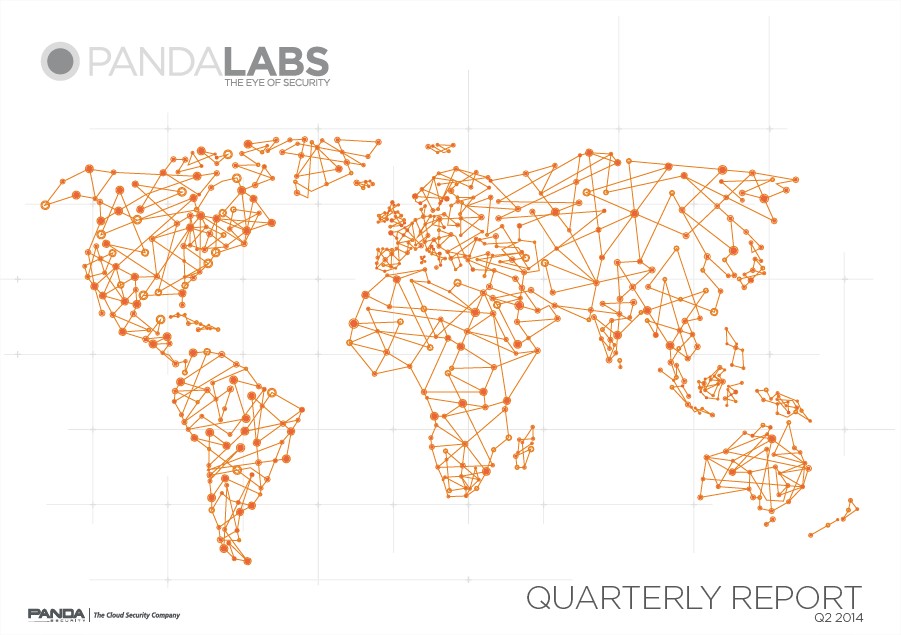PandaLabs, the anti-malware laboratory of Panda Security detected and neutralized 75 million malware samples in 2014. This figure more than doubles the number recorded in 2013: nearly 30 million new malware strains.
In all, the total number of malware specimens detected by PandaLabs throughout its history has reached 220 million, which means that 34 percent of all malware ever created was coded in 2014. In fact, last year Panda Security recorded an average of 200,000 new malware strains per day. The year 2014 can be considered the year of massive cyber-attacks, with some of the world’s biggest corporations falling victim to large-scale data breaches.
Trojans continue to account for most new malware
Trojans are still the most common type of malware way ahead of other malware specimens. In fact, in 2014 Trojans accounted for almost 70 percent of all new malware created, followed by viruses (12.33 percent), other malware (10 percent), worms (6 percent) and adware/spyware (3 percent). In this respect, CryptoLocker was one of the most destructive Trojans unleashed last year. “CryptoLocker is one of the nastiest pieces of malware to have targeted users in 2014. This ransomware encrypts victims’ files and requires a ransom in order to decrypt them. Thousands of computers have fallen victim to it, from home users to businesses and financial institutions”, said Luis Corrons, Technical Director of PandaLabs at Panda Security.
Malware and infections
Trojans, once again, accounted for more infections (65 percent) than any other malware, although there was a notable increase in the ‘Other’ category. This category includes PUPs (Potentially Unwanted Programs): applications which, despite not being malicious per se, install unwanted software without properly informing the user.
China tops the list of infections
Despite being one of the worst years for IT security, the global infection rate in 2014 was 30.42 percent, a significant decrease on 2013’s figure. Country by country, China once again had the most infections with a rate of 49 percent, followed by Ecuador (42.33 percent) and Turkey (41.53 percent). Theses countries were also at the top of the infection rankings last year, although in a different order: China, Turkey and Ecuador.
Other countries with rates above the global average in 2014 include Colombia (33 percent), Uruguay (33 percent) and Chile (31 percent).
Sweden the safest country
Europe was the area with the lowest infection rate, with nine countries ranked among the ten least infected nations, whereas Japan was the only non-European country to appear in the ranking. The list was topped by Scandinavian countries: Sweden (20 percent), Norway (20 percent) and Finland (21 percent).
“We live in an Internet-connected world, and as such we are exposed to cyber-attacks now more than ever before. Security threats will increase in 2015, and both companies and home users must prepare themselves to respond to them. It is not a question of whether their security will be compromised but rather when and how, so in this case prevention is key”, concluded Corrons.
The full report is available here.
The post PandaLabs neutralized 75 million new malware samples in 2014, twice as many as in 2013 appeared first on MediaCenter Panda Security.
